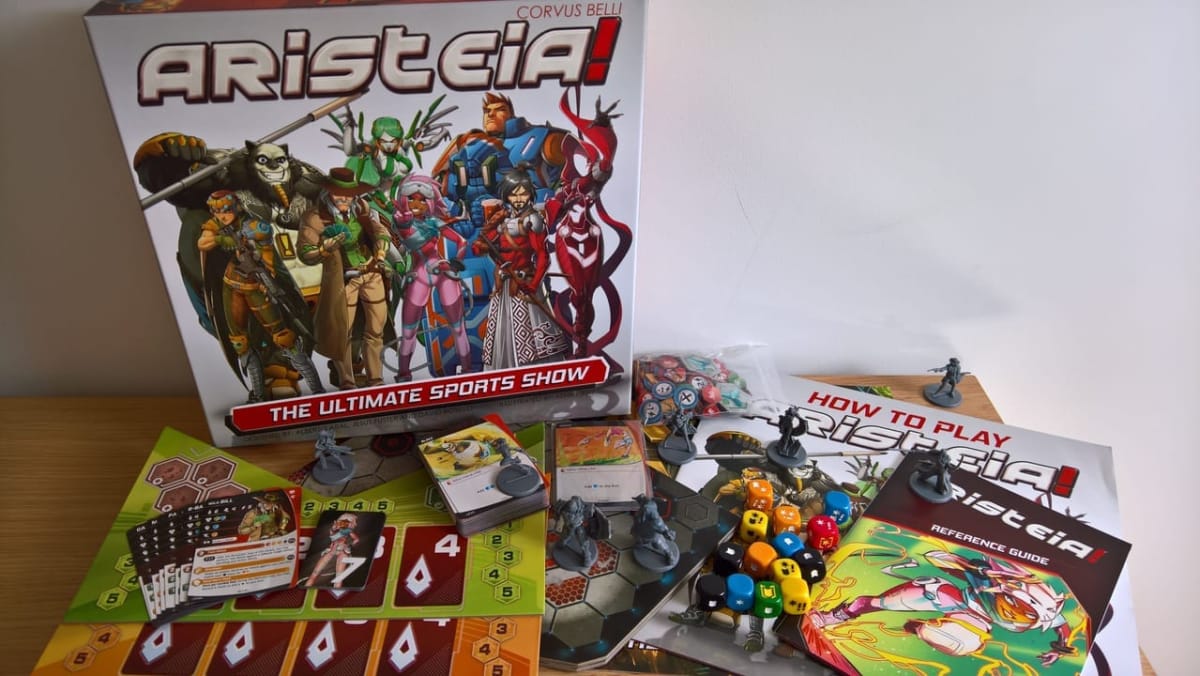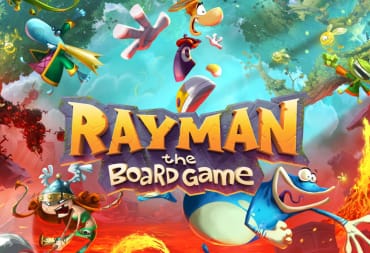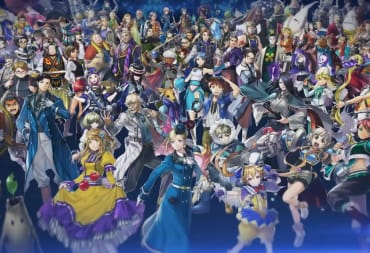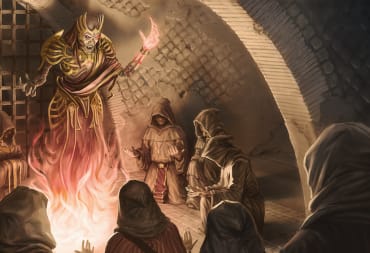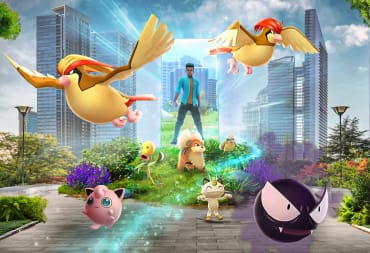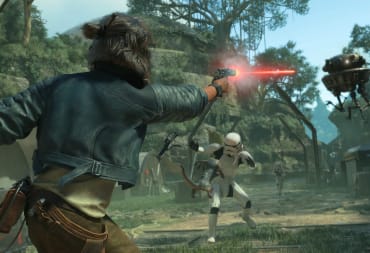Aristeia is a competitive MOBA style board game set in Corvus Belli's Infinity universe. Aristeia is an armed combat sport within the world of Infinity, where technology has moved to such a high level that it allows near immortality for its contestants, who can respawn after being defeated during the match. The game itself is a team sport where players select four warriors for their group and go head-to-head against their opponent's four warrior team to complete objectives, like capturing scoring zones.
The Aristeia Core Set contains eight characters (four for each team):
- Maximus - Tank
- Major Lunah - Long-Range
- Miyamoto Mushashi - Short-Range
- Gata - Runner
- hEXx3r - Board controller
- Wild Bill - Mid-Range
- Parvati - Medic
- 8-Ball - Tank and control
All the characters are considered balanced in-game, so after playing the beginners game with dictated characters, players can select any four characters as their team (teams cannot contain more than one copy of each character, but rival teams can contain the same character) or run a draft format picking warriors from pool. After selecting characters, players put together their decks, which contain 10 standard cards (these are always the same for both players) and then add their characters cards. Each character has 4 cards available and players select 2 cards from each of their character's 4 cards, adding them to the standard cards to create an 18 card deck. During the game, these cards are finite and are drawn over the course of the game, however, once they've all been used, you don't get any more.
[gallery columns="2" size="large" ids="247508,247509"]
The game itself takes place in the HexaDome, a double sided hexagonal playing board dived into hexagon spaces for that are used for movement and range.
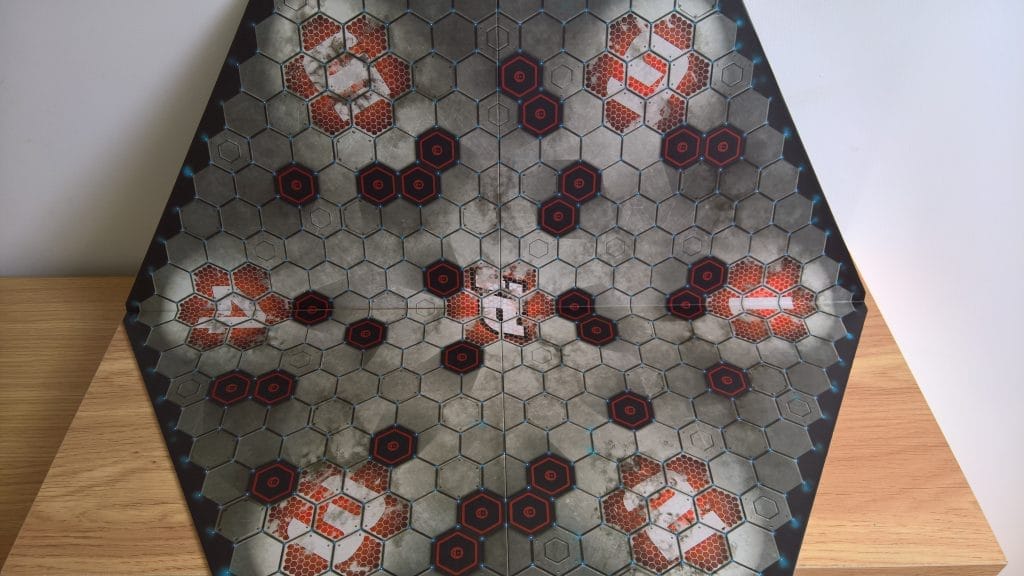
Depending on the scenario being played, players deploy their characters into the selected numbered areas on the board and then take turns trying to take out enemy characters and complete objectives which usually involves having more characters than your opponent in scoring zones that can change each turn. For example, Scorched Earth has a scoring zone that changes each round, but after a scoring zone has been scored, can't be selected again as a scoring zone for the duration of the match, but during the Assault scenario, the players decide each turn which numbered area is the scoring zone and the only restriction is that it can't contain a character when selected.
At the start of each round, players decide what order their characters are going to activate in and place their initiative cards on their Control Panels in the order they wish to activate them. Players reveal their first selected initiative card simultaneously and the character with the highest initiative goes first. In first round this doesn't have a huge effect beyond being able to activate first as characters aren't able to remove a character with a single hit (unless you throw a load of boosts in and roll extremely well), however in later rounds this becomes a huge piece of the tactical puzzle as being able to position and use abilities to affect your opponents characters are usually the key to winning objectives or not.
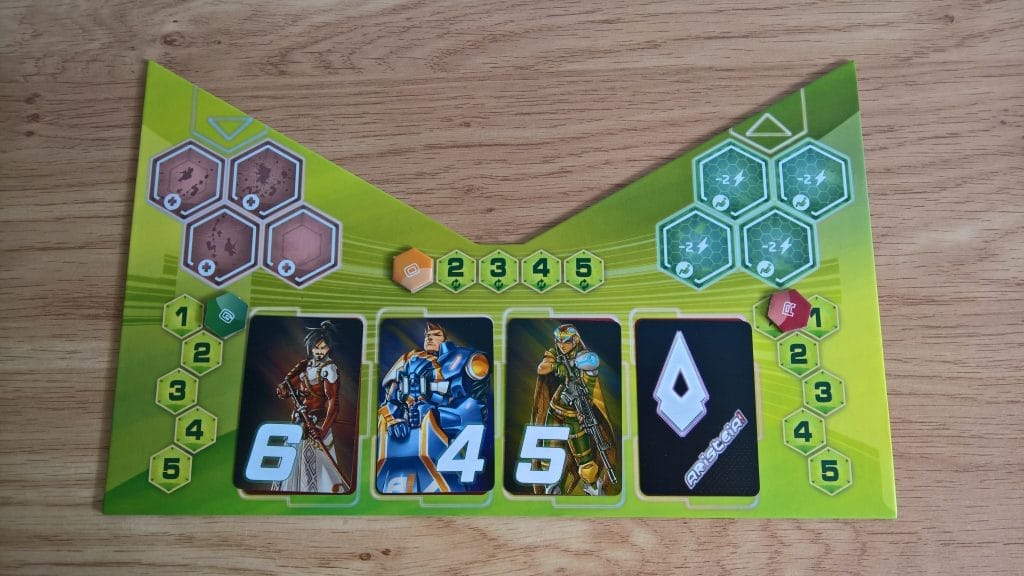
During a round, when a character activates, it gets an energy amount dictated by it's card (which is 5 for all characters currently available). With this they can use energy to pay for abilities, movement or attacks. Movement costs 2 energy points and gives a character movement value equal to the value on their character card, which is different for all characters. Maximus for example is a slow moving tank so only gets 3 movement, where as Gata is a fast moving blur with no attacks has 5 movement. Characters can pay 2 energy for their movement value as many times as they have energy for and can use their movement points freely throughout the round, even around other actions.
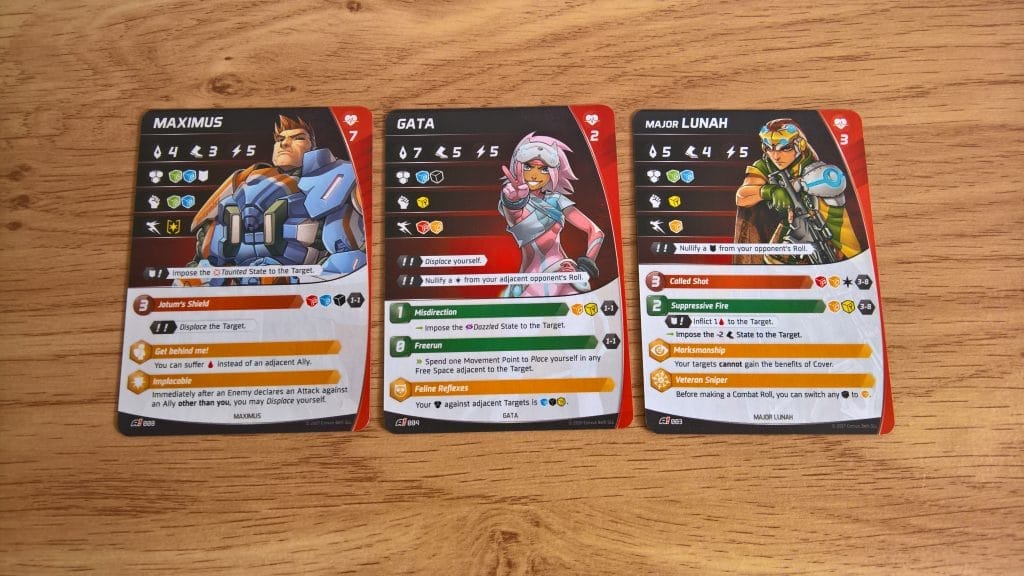
Characters have specific actions, attacks and abilities they can complete throughout their turn, and these are all listed on their character's card. Attacks are listed in red with their energy cost on the left hand side, abilities are listed in green with their energy cost on the left and passive abilities are orange and are available for players to use any time. Characters also have access to Switches, which are abilities available to them if they roll certain symbols during their turn. For example, Major Lunah the long range attack character, can use (!!) to nullify a shield rolled by the opponent, which means that more of her attacks will go through. When characters are attacked, they use their defence stat which lists which dice are rolled for defence and some characters are much better than others, so range positioning is key to protect less durable characters.
If characters are defeated, they are taken off the board and placed in the Infirmary, only being brought back into the game in subsequent rounds. Having one less character on the board is a huge restriction and really impacts a player's ability to take objectives.
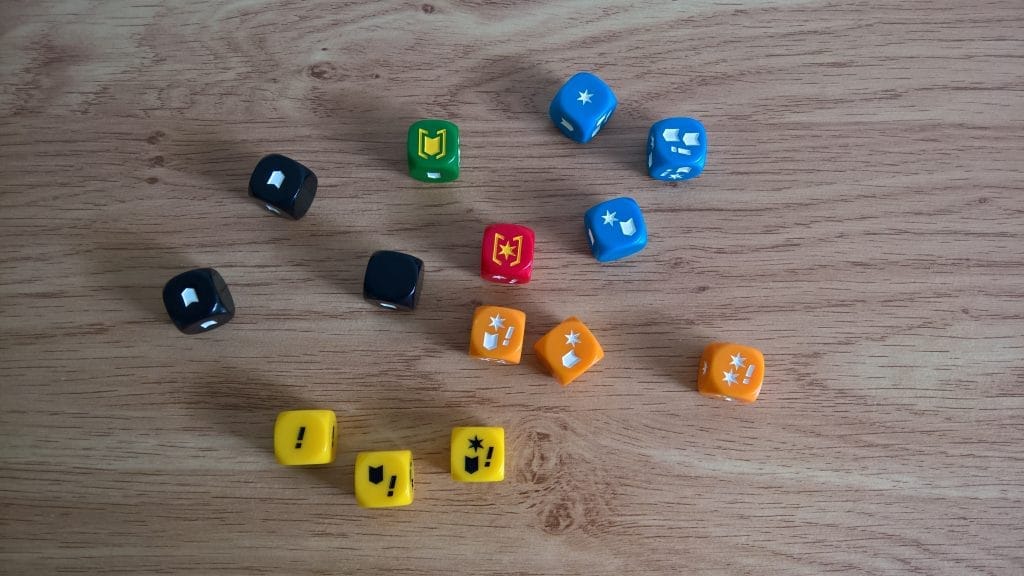
Character's cards list what colour and how many dice to use during an attack or action and they contain various symbols. Stars are hits done to your opponent for a single damage, shields cancel out stars, exclamation marks are usually used to activate switches, which are listed on the characters card. The red and green dice also contain a critical block and critical success. The critical success can only be cancelled out by a critical block, which can be used to cancel out the entire result from an opponents dice.
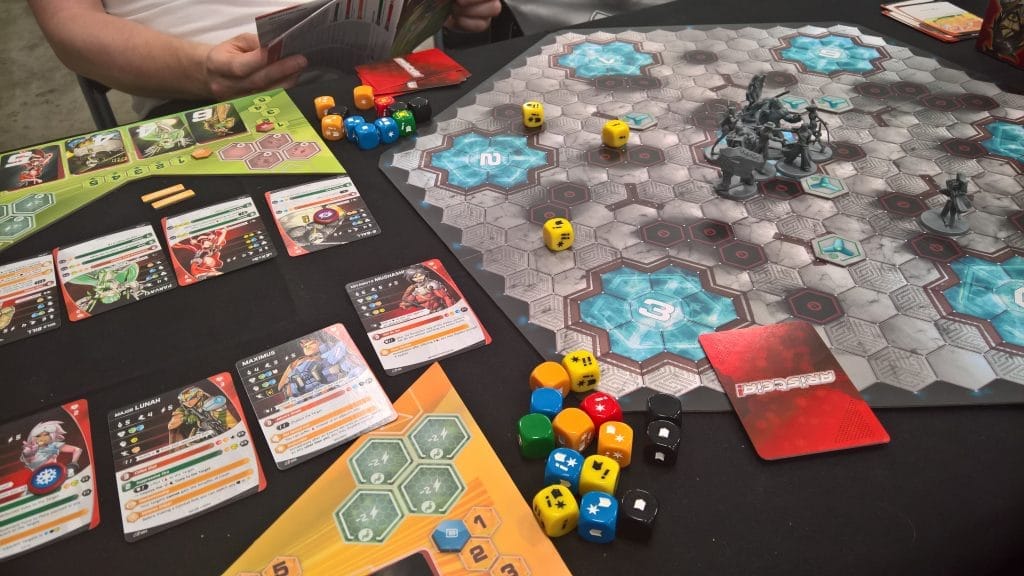
Games of Aristeia are entirely dictated by the team you select, the cards each character has available do influence the game depending on when you draw them, but in an 18 card deck, it doesn't have the same random factor that a CCG does, or war/skirmish games like GKR Heavy Hitters or Shadespire that have much larger decks. This does make Aristeia quite a tactical game as the random factor is entirely based on your dice rolls and places a high reliance on how you use your characters and understanding and making best use of their game role.
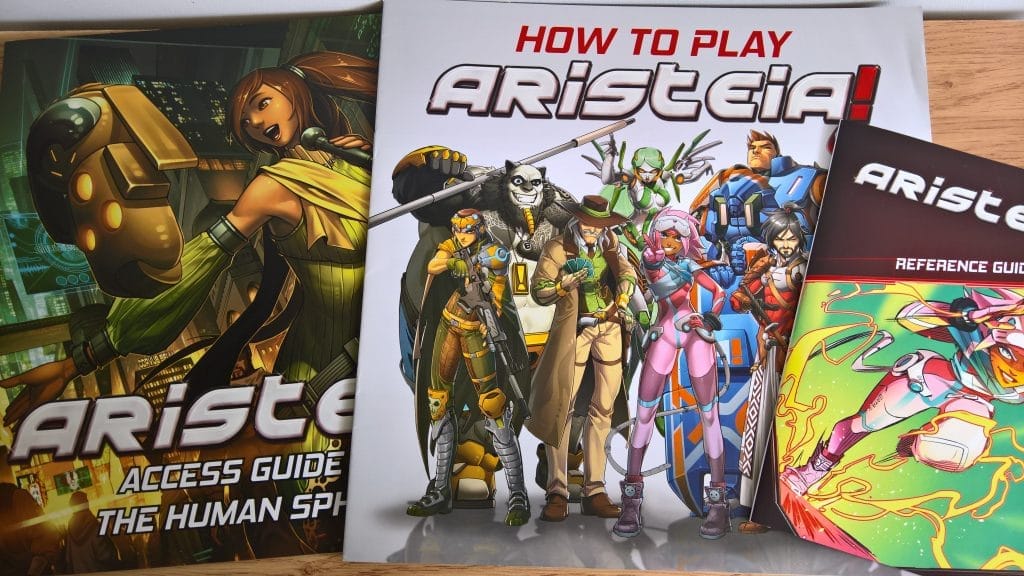
On the character cards, there are dice listed for two abilities that are only used for disengaging from another character and stopping other characters disengaging. We would like to see these stats get more use in the future with other options as the only other fixed stat is defence, which is used regularly. Having abilities, or maybe challenges for objectives that use the brawn or agility stats would make the presence of these stats worthwhile.
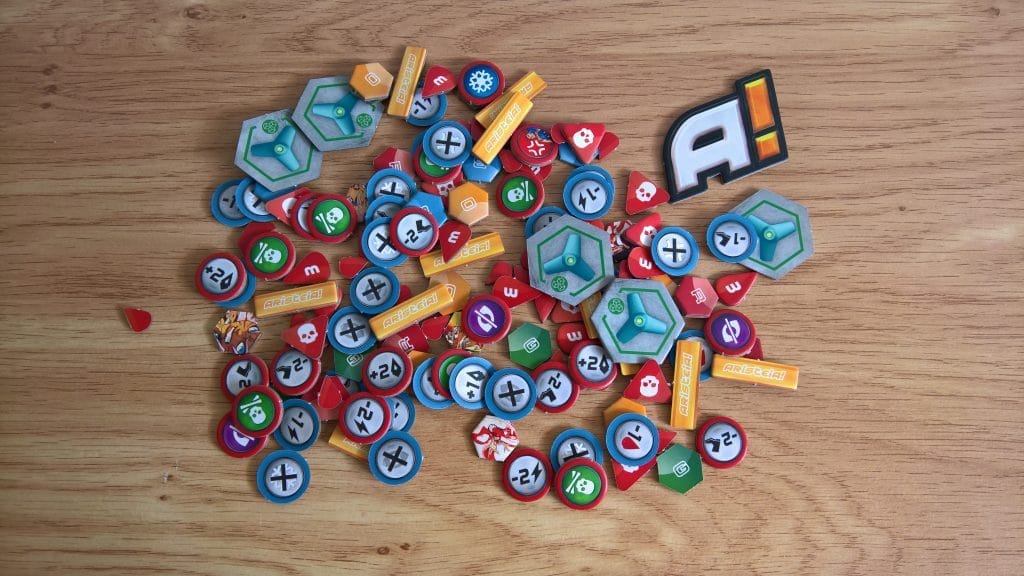
Games of Aristeia can take around an hour after your first few games, but it does depend on the players and how competitively they are taking the game. There are quite a few cards and counters used throughout the game, but as they are all placed in and around the character cards and the control panels, it never feels cluttered. Games do feel fast paced and some great combos can be put together between your selection of characters, and exploring team combinations is a big part of the fun.
More characters can be added with expansion packs to increase variety and we will cover these in full and how they impact the game in further reviews, but just with the eight characters out of the box, there is plenty to explore in terms of team combinations and players will soon find their favourite characters.
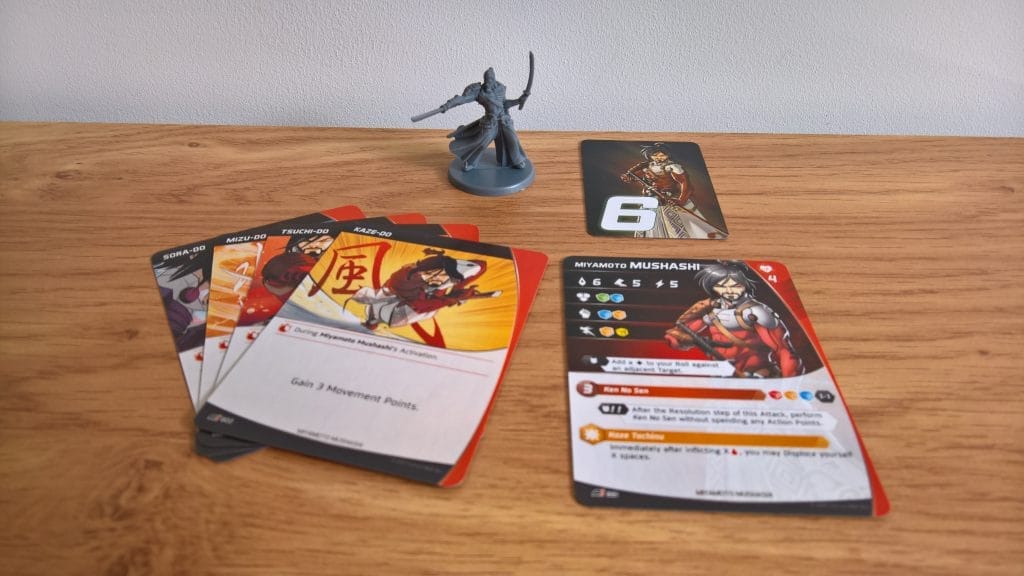
The Bottom Line:
Aristeia is a great pick up and play game, but also has great scope as a competitive versus game. Team selection and knowing how to use it to best effect has a huge impact on the game and is incredibly rewarding when you get it right. The Core Box has great expansion opportunities, not just with other characters, but in terms of scenarios and gameplay. Games are fast paced and the rules are easy to learn and extremely straight-forward in terms of effect and actions timing. Dice rolls are easy to work out and the card decks add a random element to the game, but don't impact the game hugely, which keeps the tactical element balanced. The components are of a solid quality and everything is quite compact and organised during play due to the Control Panels.
Get this game if:
You want a fast paced competitive game.
You like your competitive games with minimal randomness.
You want a straight-forward fast game based in the Infinity setting.
You want a great MOBA style board game.
Avoid this game if:
You don't like MOBA style team selection.
You don't like games with dice and card randomness together.
The copy of Aristeia used for this review was provided by Corvus Belli.
Review Summary
Aristeia is fast paced, easy to learn and full of tactical depth. The focus is on team selection and best use of characters battlefield roles. Great quality components in a well designed package mean that everything is kept very tight during gameplay, allowing players to concentrate fully on the game.
(Review Policy)Have a tip, or want to point out something we missed? Leave a Comment or e-mail us at tips@techraptor.net
